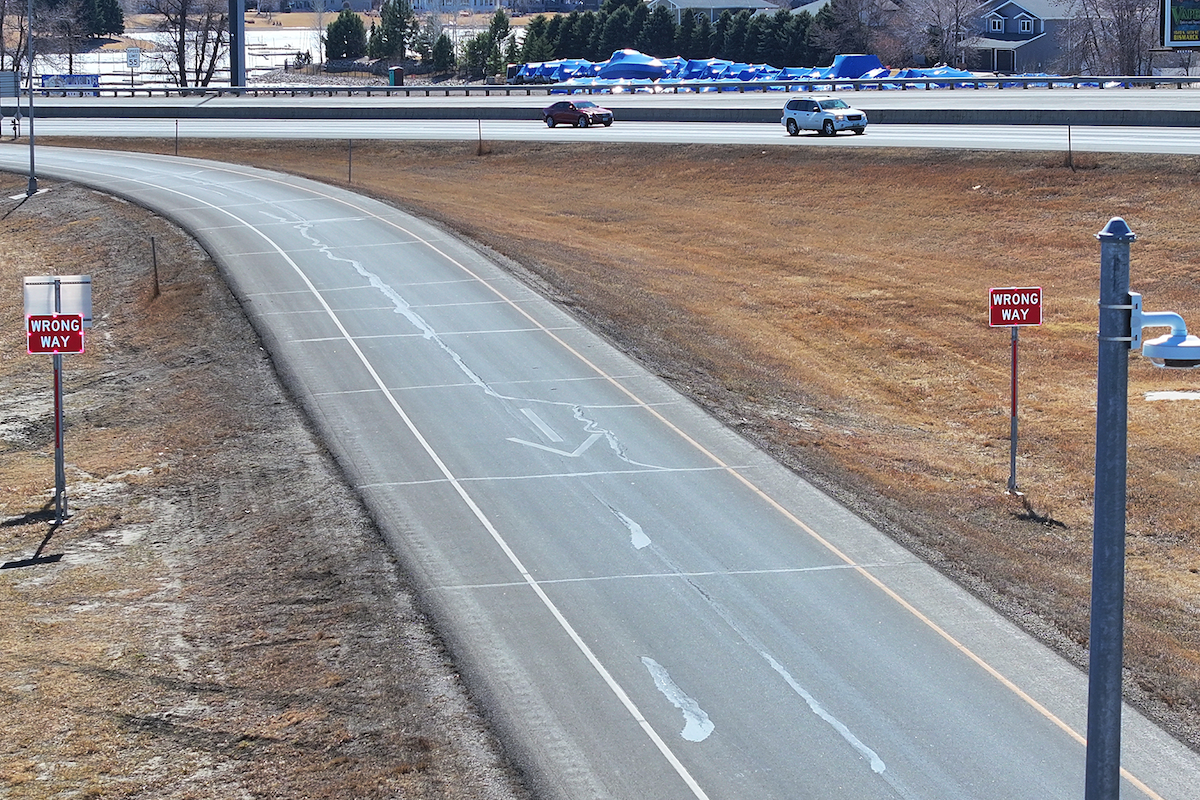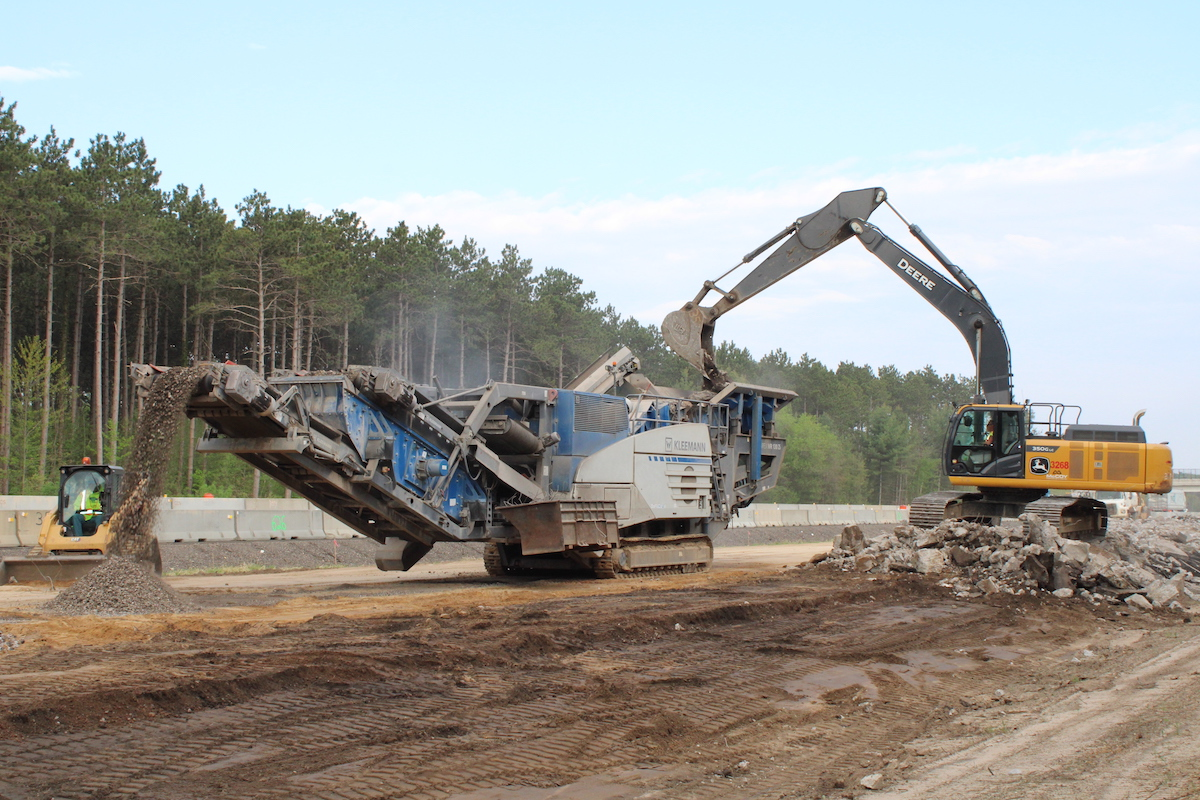In November 2022, the California Air Resources Board (CARB) approved amendments to its off-road regulation aimed at further reducing emissions from the off-road sector. In amending the In-Use Off-Road Diesel-Fueled Fleets Regulation (Off-Road Regulation), CARB required fleets to phase-out use of the oldest and highest polluting off-road diesel vehicles in California; prohibit the addition of high-emitting vehicles to a fleet; and require the use of R99 or R100 renewable diesel in off-road diesel vehicles, effective as of October 1, 2023 (with requirements beginning as early as January 1, 2024). Finally, as part of its announcement of the regulation, CARB said the program was expected to yield more than $5 billion in health benefits between 2024 and 2038.
“Regulations like this one are here now,” said David Bolderoff, Fleet Manager for the Los Angeles County Sanitation Districts, who detailed his thoughts on renewable diesel during an education session at CONEXPO-CON/AGG 2023. “They vary state by state, but this one in particular is a game-changer.”
With regulations like the amended CARB Off-Road Regulation starting to come into play, consumption of renewable diesel is expected to rise significantly in the coming years. But what is “renewable” diesel, exactly? It turns out it has a very similar chemical and structural composition to petroleum diesel, though it’s often comprised of fats and oils (animal waste fats, wasted fish products, used cooking oil, vegetable oil residues, tall oil pitch, crude palm oil, rapeseed oil, and waste grease).
However, according to Bolderoff, what really sets renewable diesel apart from counterparts such as petroleum diesel and biodiesel is its higher energy density, which is somewhere in the range of 5 percent.

| Your local Volvo Construction Equipment dealer |
|---|
| Nuss Truck & Equipment |
“That’s important, because the more energy you have in fuel, the less you need to produce the same amount of power,” said Bolderoff. “One of the real downsides with biodiesel is it has less energy density. And though it is rather difficult to beat the properties of petroleum diesel, renewable diesel is slightly better, and it burns cleaner.”
Renewable diesel also:
- Is a paraffinic fuel (with a superior cetane number of >65, which indicates its combustion quality)
- Offers a desirable cloud point
- Provides efficient combustion
- Increases engine life
- Reduces maintenance costs
- Provides a smaller environmental footprint (65 to 90 percent carbon reduction)
- Provides superior cold weather performance
- Offers good storage properties
- Is essentially odorless
Currently, the vast majority of all renewable diesel consumption occurs in California. And, as of just two years ago, Oregon was the only other state where renewable diesel was consumed. That, however, is about to change. According to the U.S. Energy Information Administration, U.S. renewable diesel production is expected to more than double during the next two years to meet ever-growing demand and increased regulatory activity.
“What we’re seeing in terms of the trend moving forward is big oil getting behind renewable diesel,” noted Bolderoff. “And what we’re seeing is they are spending a lot of time converting their refineries. So, in the next few years, we could really see significantly more production."
However, the most notable characteristic of renewable diesel that is expected to impact its adoption is that it’s a true “drop-in” fuel that can be easily blended with petroleum diesel or biodiesel. In addition, and perhaps more importantly, it meets the same ASTM D975 certification standard that ultra-low sulfur diesel does as well.
“We’re seen a ton of state and federal infrastructure projects requiring the use of alternative fuels, and renewable diesel is an easy-to-use drop-in,” said Bolderoff. “So, construction professionals don’t need to buy new equipment. And while it’s not necessarily recommended to mix it on a regular basis, if you have a half a tank of fossil-based diesel fuel, you can drop this fuel in and you’re not really going to have any negative or detrimental effects.”
Because widespread adoption of renewable diesel has yet to take place, there isn’t a ton of consistent guidance regarding how it should be used. According to Bolderoff, equipment service and operations manuals often feature a couple of pages on biodiesel, but nothing specifically on renewable fuel. More recently, he noted, OEMs have issued statements saying that if a fuel meets the ASTM D975 standard, using it won’t void the manufacturer’s warranty and it won’t hurt the engine.
“So, if you have a good understanding of its fuel and what it offers from an efficiency standpoint and an emissions reduction standpoint – as it offers somewhere in the range of a 65 to 90 percent carbon reduction – you can actually use that in your bid process,” said Bolderoff.
“Because what if bids are based on total carbon footprint, rather than just the lowest bid? In California, with what we’ve actually seen with things like the Renewable Identification Number (RIN) and Low-Carbon Fuel Standards (LCFS) credits, we’ve found that using renewable diesel actually saved us money, or at least it was price comparable.”
Demand for renewable diesel is expected to rise in the not-too-distant future, in no small part to increased regulation of the off-road industry. And, as the construction industry begins to evaluate how to comply with various regulations, they'll need to possess a strong understanding of the options available to them – while still considering implications related to productivity, safety and the ability to service and maintain vehicles and equipment.




































































